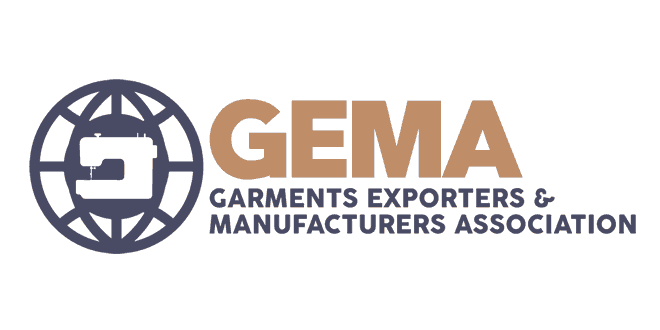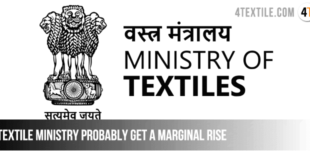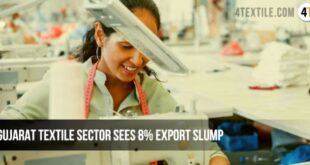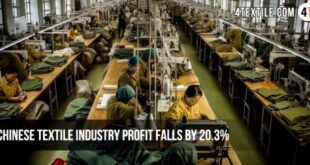Synopsis
Garment Export face loss: The textile industry employs around 45 million workers and is expected to be worth more than $209 billion by 2029. But if this anomaly continues, then the industry will rapidly lose its global competitiveness to countries like Bangladesh and Vietnam, where the labour cost is very low, say industry insiders.
Garment Export face potential loss:
Garment exporters are staring at a potential loss of Rs 1,200 crore due to the new conditions imposed in the Rebate of State and Central Taxes and Levies (RoSCTL) scheme.
The scheme offers rebate against the taxes and levies already paid by exporters on the inputs. Now, this rebate has been converted into scrips that are tradeable. Exporters can sell the scrips to importers, who in turn can use the instrument as an alternative to cash to pay import duty. The scrips trade at a discount, which has now gone up to 20% from 3% in December, industry insiders said, putting pressure on the margins of garment exporters at a time when they are facing challenges on account of rising cotton prices.
“This discounting of scrips benefits importers, who are taking undue advantage at the cost of exporters,” said Vijay Jindal, a member of the Apparel Export Promotion Council (AEPC) and president of the Garment Exporters & Manufacturers Association (GEMA).
Garment exports at $16 billion contribute 36% to the country’s annual textile exports of $44 billion. According to estimates, reimbursement under the RoSCTL scheme is equal to around 5% of the apparel exports, or roughly Rs 6,000 crore. At a broad level, a discount of 20% on this would mean a direct hit of around Rs 1,200 crore for the exporters.
“The textile industry wants the government to restart cash reimbursement instead of these tradeable scrips, as these scrips are trading at a 20% discount,” Jindal said. “This is resulting in a substantial cash transfer from exporters to importers and is helping the importers.”
The textile industry employs around 45 million workers and is expected to be worth more than $209 billion by 2029. But if this anomaly continues, then the industry will rapidly lose its global competitiveness to countries like Bangladesh and Vietnam, where the labour cost is very low, say industry insiders.
Even though the scheme was launched with the intention of making India’s textile industry competitive and bolstering exports, because of the discount in the market, it is acting against the government’s intention of helping the exporters and is instead benefiting importers, they said. It also defeats the purpose of the government’s stated policy of “Make in India” for the world, they added.
“At present, demand for such scrips is very less as exporters are finding it difficult to find enough importers who can buy the scrips,” said Harish Ahuja, an executive member of the AEPC and management committee member of the GEMA.
 4Textile.com World Textile & Apparel Industry Events, News
4Textile.com World Textile & Apparel Industry Events, News







